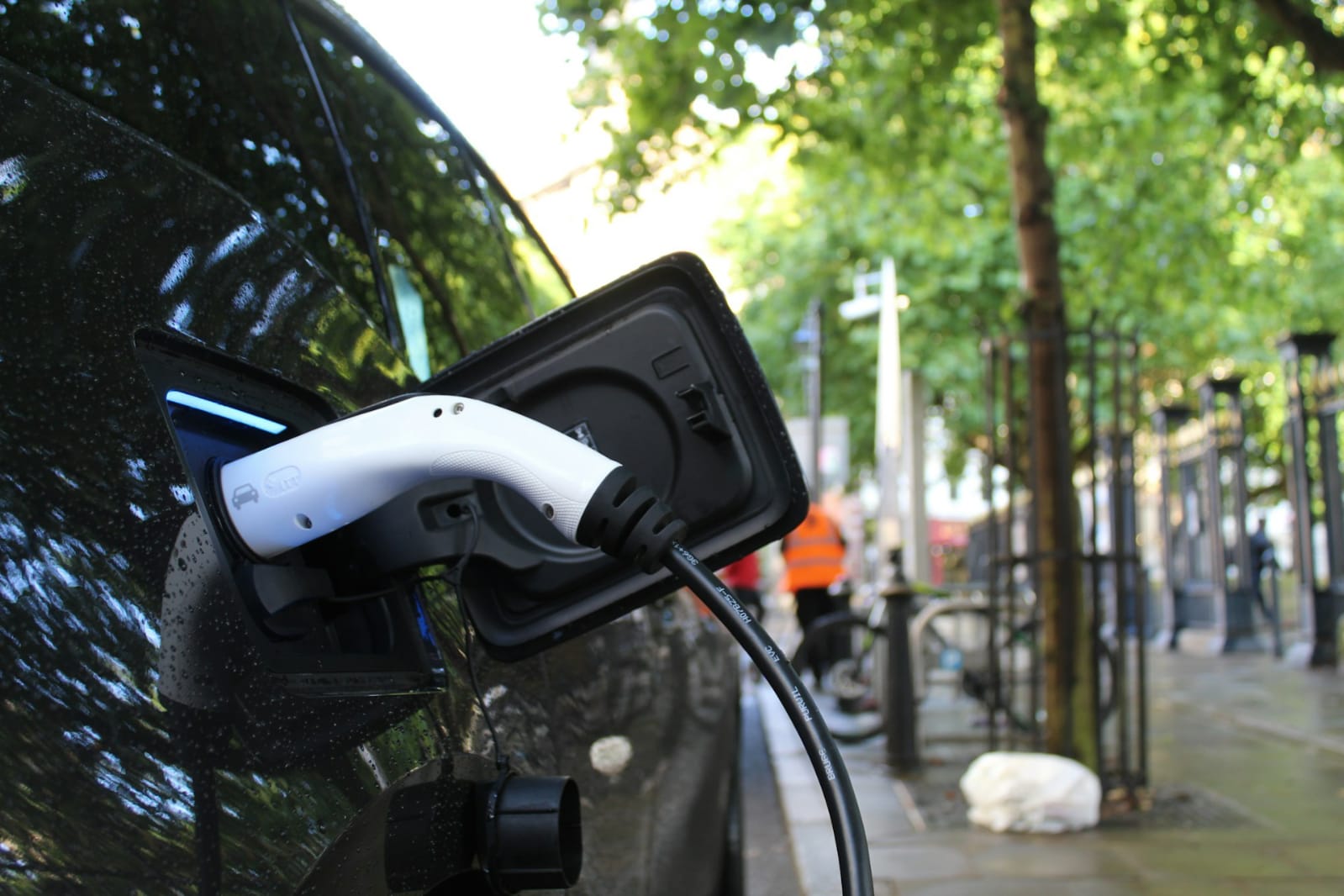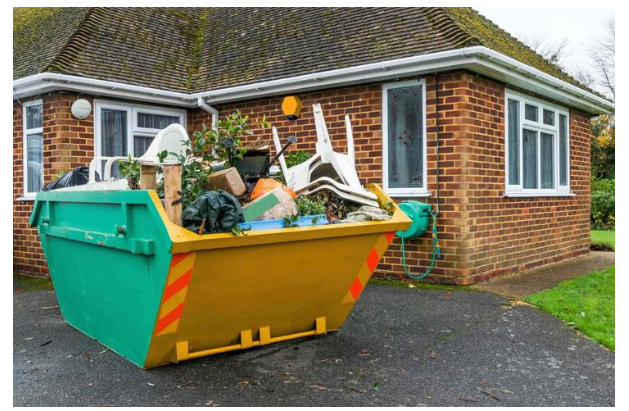Green road transport: how to balance development and environmental protection

EEA data shows that road transport accounts for 71.7% of CO2 entering the atmosphere. However, trucks create as much as 27.1% of the pollution in this pool. Can freight transport be more sustainable?
Are electric trucks the future?
In the context of passenger transportation, the European Union’s efforts are aimed at increasing the share of low- and zero-emission models in vehicle fleets registered in each country of the community. As for the electric truck fleet, plans could be more optimistic due to technological limitations that must be overcome before popularizing the solution and making it a market standard.
The prototypes of electric trucks are no longer just a theoretical concept but a reality. They have been built in factories of brands such as MAN (e.g., MAN eTGX and eTGS), Volvo (e.g., Volvo FL and FE Electric), Renault (e.g., Renault Trucks C E-Tech), and Mercedes (e.g., Mercedes eActros). Nevertheless, the European market is still dominated by diesel, which accounts for 96.6% of all trucks, according to a 2022 report by the European Vehicle Manufacturers Association (ACEA). By contrast, the share of electric cars was just 0.6%.
An alternative to electric vehicles could be hydrogen vehicles, which have the potential to revolutionize the market. Hydrogen-powered fuel cells are surprising not only for reducing greenhouse gases that result from the clean combustion process. They also come into play with a relatively low fuel cost and a more extended range than electric vehicles. However, it is still lower than that offered by conventional cars.
Optimizing overland freight transportation
While switching to a 100 percent zero-emission fleet is yet to be a viable idea, there are many other ways to reduce the carbon footprint generated by land transportation. Here are the easiest to implement in the finished transportation process.
- The right fleet of vehicles – even conventional trucks can be a green choice, as long as they are equipped with a modern, efficient drive. This will translate into lower combustion and, as a result, lower CO2 emissions. It’s also essential to keep the fleet in good working order to prevent breakdowns and the need to arrange replacement transport.
- Optimize the delivery network – although it takes some effort, analyzing the routes regularly traveled regarding their environmental impact will bring tangible benefits, not only regarding the environment. If you combine several routes into one that better uses the available transport unit, the number of trips will be reduced, and you will still manage to fulfill all orders.
- Ecodriving – the way you drive has a significant impact on how much fuel your car burns. Proper training of drivers in economic and ecological driving is an essential change in favor of the environment. The fulfillment of set goals by employees, on the other hand, can be monitored with intelligent systems that monitor the route.
- Consolidating cargo – reducing the carbon footprint is facilitated by maximizing available transportation space, such as through general cargo. On the other hand, the efficient loading of goods is helped by unique systems in which the entire process can be planned, taking into account the individual characteristics of each package. This makes transporting a more significant load in a single trip possible, which means fuel savings and fewer exhaust fumes going into the atmosphere during the process.
Inter- and multimodal transportation key to a sustainable industry
Although road transport is currently the most flexible system, it is worth being aware of its drawbacks, mainly in an environmental context. Inter- and multimodal transport is a solution to reap its benefits while reducing its negative environmental impact to an absolute minimum.
Such a transport system involves combining several methods into a complementary supply chain, which is built to save money for the investor and benefit the environment. This makes it possible to use more environmentally friendly solutions, such as sea freight or rail, and combine them with truck travel for those sections where it is necessary to carry out the service. Arranging such a process with the help of a professional company – for example, by choosing AsstrA’s road transport – should be easy, but only benefits itself.




